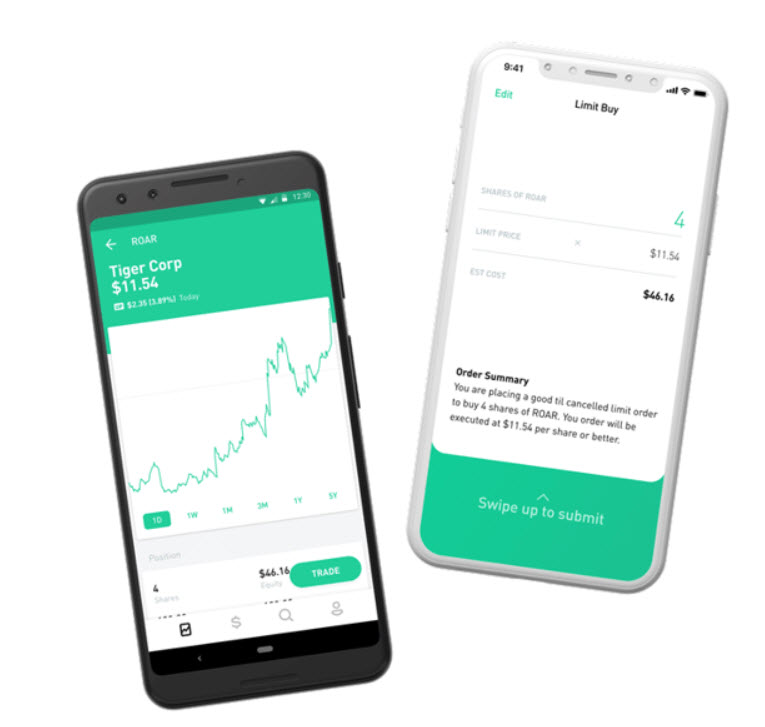Stock option
Contents
The basics
A call stock option gives its holder the right, but not the obligation, to purchase the underlying share for a predetermined price within a specific time frame.
A put stock options gives its holder the right, but not the obligation, to sell the underlying share for a predetermined price within a specific time frame.
The counterpart to the holder is the issuer (writer) of the stock option, and this is the person or entity that is obligated to honor the stock option, should the holder chose to exercise (use) it.
Trading in stock options
 When it comes to stock options, over-the-counter (OTC) trading is very common, but there are also some that are traded on formal exchanges. The ones traded on formal exchanges tend to be stock options where the underlying shares are from well-established household name corporations. Exchange-traded stock options are highly standardized and typically settled through a clearinghouse.
When it comes to stock options, over-the-counter (OTC) trading is very common, but there are also some that are traded on formal exchanges. The ones traded on formal exchanges tend to be stock options where the underlying shares are from well-established household name corporations. Exchange-traded stock options are highly standardized and typically settled through a clearinghouse.
The price you pay when you purchase an option is called premium.
What is strike price?
Example: The option you hold gives you the right to buy 100 A-stock shares in Company XYZ for 2.00 USD per share. The strike price for this call option is 2.00 USD. The strike price is always expressed per share, even when the option is for more than one share.
What is the writer?
The person or entity that creates an option and is obligated to honor it is called the option writer.
What is the term sheet?
The term sheet for an option contains important and legally binding information about the option.
This is for instance where you find out when you can exercise the option and if the writer is allowed to give you cash instead of the underlying asset. With some call stock options, you gain the right to actually purchase the underlying stock and become a shareholder in the company. With other call stock options, the writer (issuer) is allowed to compensate you with money instead of providing you with the actual shares; you get the difference between the current market price and the share price printed on the stock option.
Some companies issue more than one class of shares, e.g. A stock and B stock. Before purchasing a stock option, always check which class the underlying share belongs to.
Clearinghouse
Exchange traded stock options are typically settled through a clearinghouse, which means that the writer and the holder will not be in contact with each other.
Time frame for exercising an option
As mentioned above, the term sheet will tell you when you can exercise an option. Some options have a very narrow window for exercising them, e.g. only during the trading hours of October 25 (GMT) in they year 2019, while others can be exercised on any date within a wider intervall, or even on several specific dates.
Most options, especially if we look at the exchange-traded ones, are either European-style or American-style options. A European-style option can only be exercised on its expiration date. An American-style option can be exercised on any date until it has expired.
Options that are neither European-style nor American-style are called Exotic options. There is for instance the Bermuda-style option, which can be exercised on several pre-specified dates.
This article was last updated on: November 16, 2019
